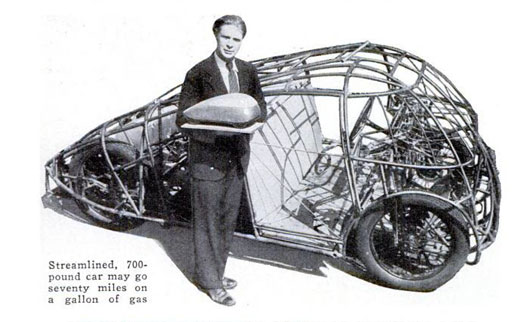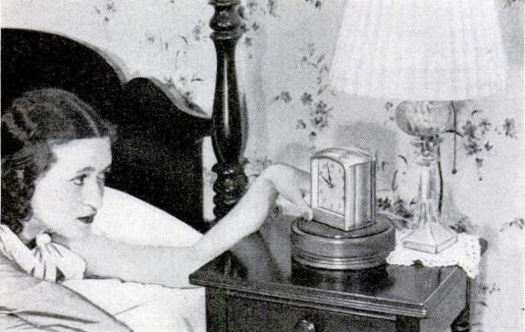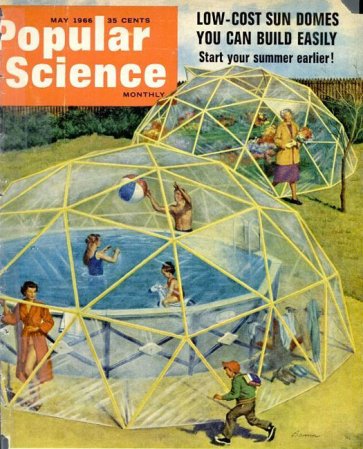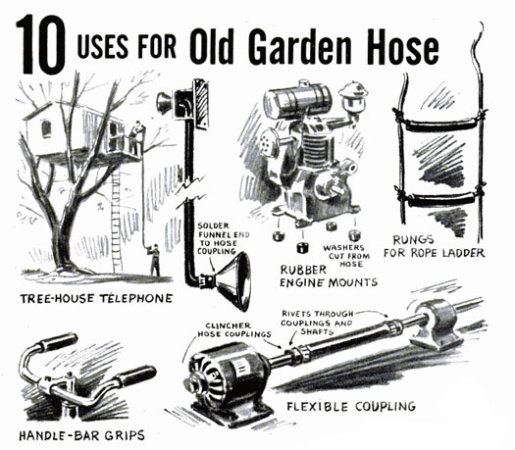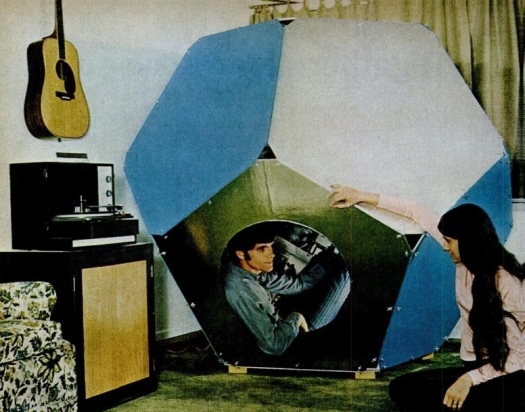

My second grade teacher had a pair of supermagnets. She wowed us with them one day, lifting a metal barstool by just holding onto the tiny silver nub. We were allowed to play with them only when closely supervised. Apparently, a couple years back, a girl had pointed one magnet at the other from across a table, and it had zipped up and hit her in the face.
_Click here to enter the gallery.
Magnets are good for more than impressing and/or injuring children, though. A stroll through our archives reveals magnets powerful enough to lift not just a barstool, but seven full-grown men, and being used for help, not harm, as a scientist devises a way to test for poisons in the bloodstream using magnets.
Peruse our gallery to learn more about those, plus discover some at-home experiments, a magnetic refrigerator that can almost reach absolute zero and some very pretty ferrofluids.










